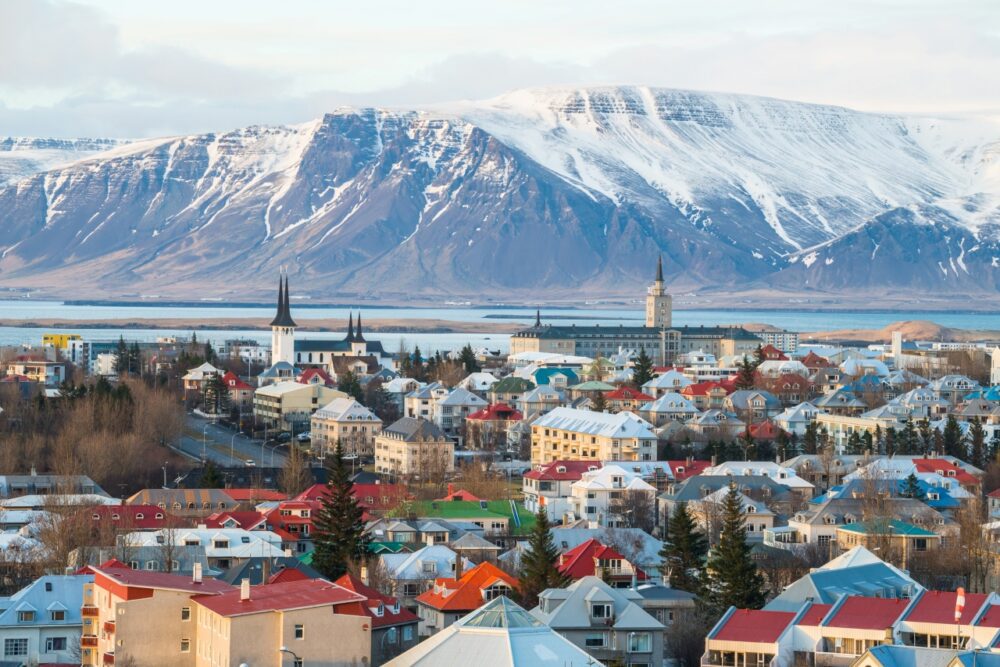
Is Reykjavik worth visiting? Absolutely! The first time I stepped into Reykjavik, Iceland’s capital, I was captivated by its quirky charm and dramatic surroundings. Nestled between the sea and snow-capped mountains, this small but vibrant city feels like a gateway to another world. Whether I was strolling along colourful streets, soaking in a geothermal pool, or marvelling at the Northern Lights, Reykjavik offered an experience like no other.
As the northernmost capital in the world, Reykjavik is a city that punches well above its weight. It’s the cultural and economic heart of Iceland, known for its fascinating Viking history, cutting-edge design, and thriving arts scene. The city’s compact size makes it easy to explore, with highlights like the striking Hallgrímskirkja Church, the lively Harpa Concert Hall, and the bustling Old Harbour all within walking distance. And when you’re ready to venture further afield, Reykjavik serves as the perfect base for exploring Iceland’s natural wonders, from geysers and glaciers to waterfalls and black-sand beaches.
But is Reykjavik worth visiting for you? In this blog post, we’ll uncover the top 10 reasons why Reykjavik should be on your travel list, from its unique cultural attractions to its breathtaking surroundings. Plus, we’ll share travel tips to help you make the most of your Icelandic adventure. Keep reading to discover why Reykjavik is more than just a stopover city—it’s a destination in its own right.
Table of Contents
Pros – Reasons You Should Visit Reykjavik
1. Gateway to Iceland’s Natural Wonders
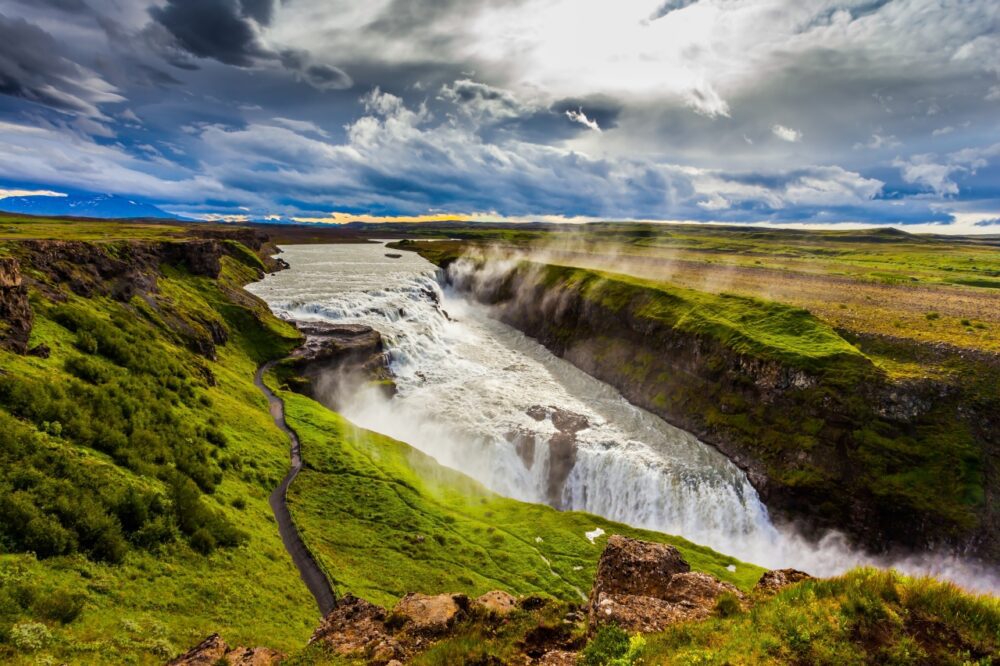
Reykjavik is perfectly situated for exploring Iceland’s incredible natural landscapes. From volcanoes and waterfalls to glaciers and geysers, the city is a hub for day trips and tours to some of the country’s most iconic sights.
When I visited, I used Reykjavik as my base for the Golden Circle tour, which includes stops at Thingvellir National Park, Geysir, and the mighty Gullfoss waterfall. It was stunning, and being able to return to the city for a warm meal and a comfortable bed made the experience even better. Reykjavik’s location makes it ideal for travellers who want to combine city comforts with wild adventures.
2. Northern Lights Viewing
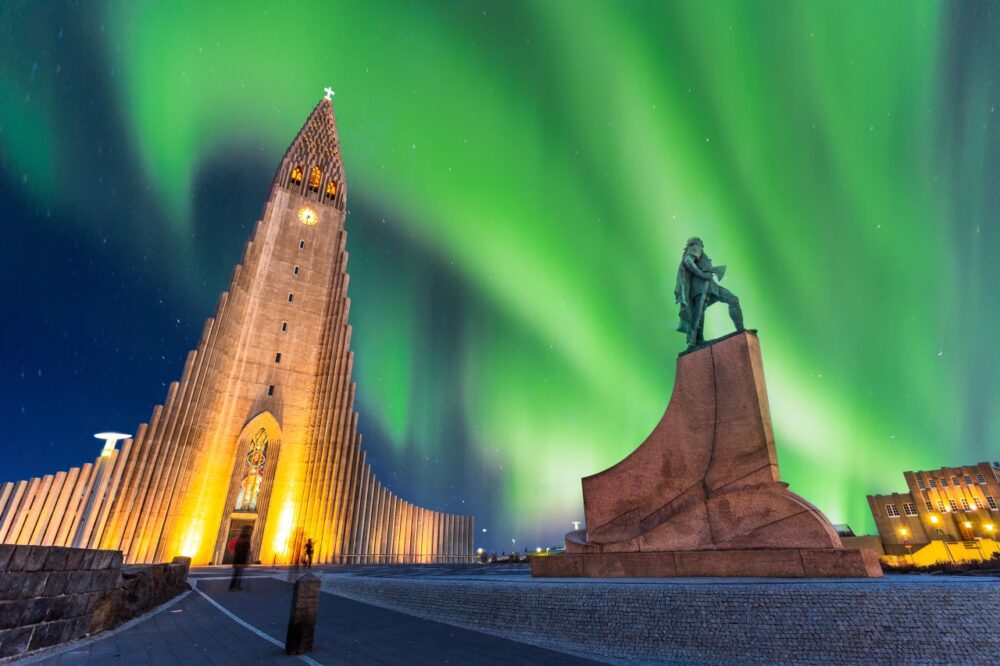
From September to April, Reykjavik offers one of the best chances to see the Northern Lights. While light pollution in the city can diminish the experience, it’s easy to book a tour or drive a short distance to darker areas for a spectacular view of this natural phenomenon.
I’ll never forget the night I stood just outside Reykjavik, watching the aurora dance across the sky. It’s one of those experiences that feels almost otherworldly. If you’re planning a trip in winter, the Northern Lights alone are reason enough to visit Reykjavik, especially if you’ve never seen them before.
3. Rich Cultural Scene

Despite its small size, Reykjavik punches well above its weight when it comes to culture. The city is home to fantastic museums, art galleries, and a thriving music scene. Highlights include the National Museum of Iceland, which delves into the country’s Viking history, and the quirky Icelandic Phallological Museum.
I spent a morning at the National Museum and was captivated by the artifacts, from Viking tools to medieval manuscripts. Later, I checked out the live music at Harpa Concert Hall, an architectural gem by the waterfront. Reykjavik’s cultural offerings are diverse, so whether you’re into history, art, or music, there’s plenty to keep you entertained.
4. Unique Architecture
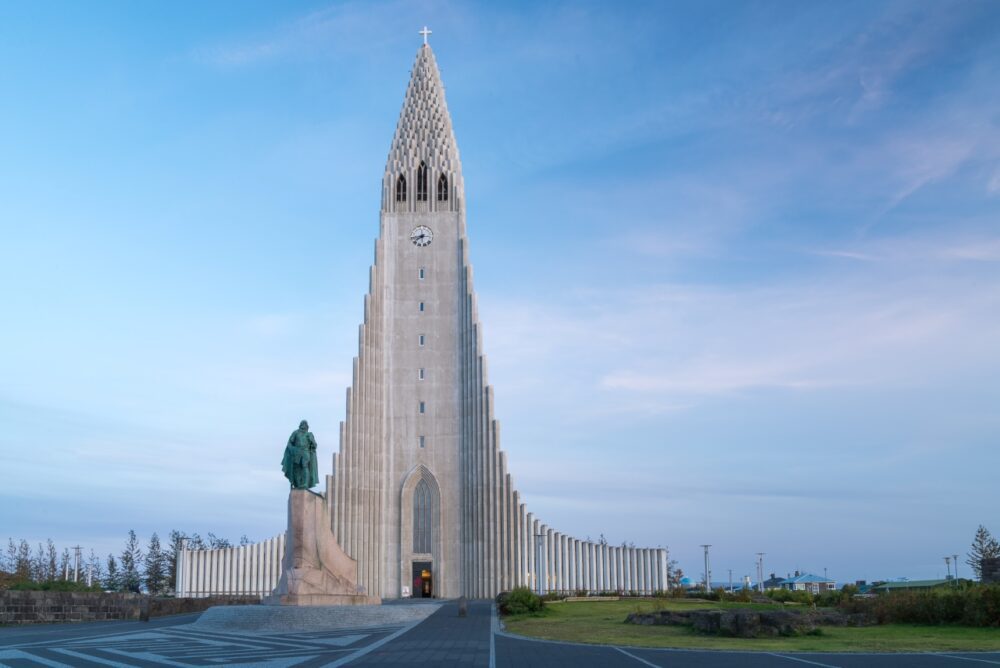
Reykjavik’s architecture is a mix of modern design and traditional Nordic influences. The Hallgrimskirkja, an iconic concrete church, dominates the city skyline, and its unique design was inspired by Iceland’s basalt columns.
Climbing to the top of Hallgrimskirkja was a highlight of my visit. The panoramic views of the city, with its colourful rooftops and the surrounding mountains, were breathtaking. The church itself is a stunning piece of architecture, and it’s a must-visit for anyone coming to Reykjavik.
5. Geothermal Spas and Pools
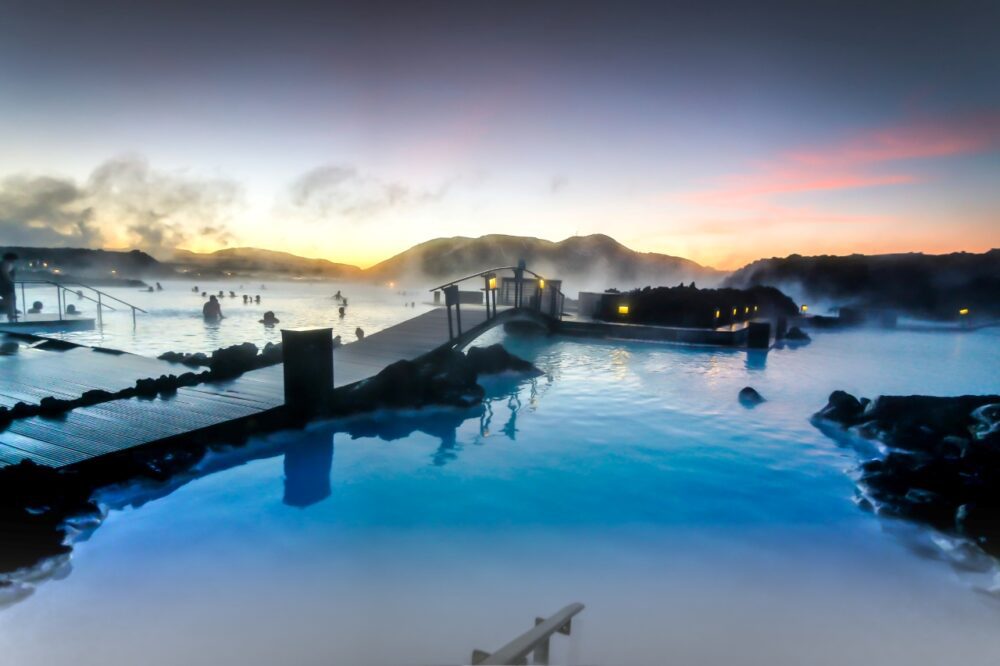
Iceland is famous for its geothermal activity, and Reykjavik offers plenty of opportunities to enjoy a relaxing soak. The Blue Lagoon, located just outside the city, is a world-renowned geothermal spa, while the Laugardalslaug pool in Reykjavik provides a more local experience.
I visited the Blue Lagoon, and while it’s touristy, it was an unforgettable experience. Floating in warm, mineral-rich waters with steam rising around me felt surreal. If you prefer a quieter, more budget-friendly option, Reykjavik’s public pools are just as rejuvenating and often less crowded.
6. Compact and Walkable City Centre
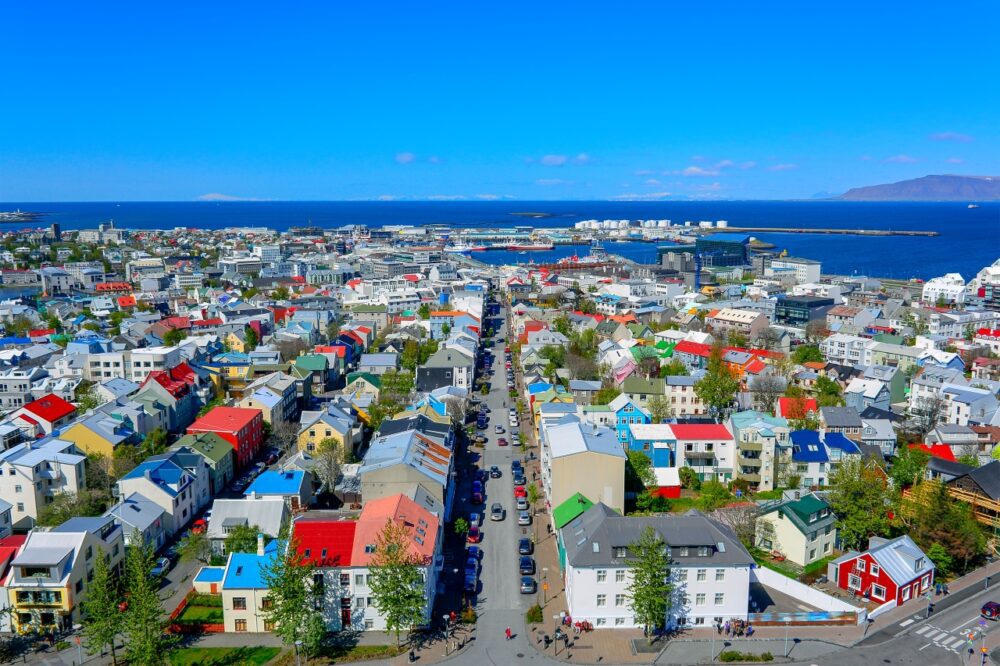
Reykjavik’s city centre is small and easy to navigate on foot, with most attractions, shops, and restaurants within a short walking distance. This makes it an ideal city for those who love exploring without needing to rely on public transport or taxis.
I loved wandering through Reykjavik’s streets, discovering quirky shops and cosy cafes. The compact nature of the city makes it feel incredibly accessible, and even in the colder months, a walk through the city is enjoyable with the right layers.
7. Quirky and Colourful Atmosphere
Reykjavik has a unique charm, with its colourful houses, street art, and offbeat cultural vibe. The city embraces its quirks, from murals depicting trolls to cafes serving traditional Icelandic treats like skyr and kleina.
One of my favourite moments in Reykjavik was stumbling across a street art festival, with artists transforming walls into vibrant murals. The city’s creative spirit is infectious, and it’s a joy to simply wander and soak up its unique personality.
8. Fantastic Food Scene
Reykjavik’s culinary scene is diverse and exciting, with a focus on fresh, local ingredients like fish, lamb, and dairy. The city also offers more adventurous fare, such as fermented shark and puffin, for those keen to try something new.
I had an amazing meal at Fiskmarkaðurinn (The Fish Market), where the seafood was some of the freshest I’ve ever tasted. If you’re a foodie, don’t miss the chance to explore Reykjavik’s restaurants, from high-end dining to cosy cafes serving traditional Icelandic dishes.
9. Family-Friendly Activities
Reykjavik is a great destination for families, with plenty of kid-friendly attractions like the Reykjavik Maritime Museum, Whales of Iceland, and opportunities for whale-watching tours and puffin spotting.
I joined a whale-watching tour with a family I met during my trip, and their kids loved seeing the whales up close. Reykjavik strikes a nice balance between activities for adults and children, making it a versatile destination for families.
10. Safe and Friendly Atmosphere
Iceland consistently ranks as one of the safest countries in the world, and Reykjavik is no exception. The locals are friendly and helpful, making it a welcoming destination for solo travellers, couples, and families alike.
During my stay, I never felt unsafe, even when walking around the city late at night. The people of Reykjavik are warm and approachable, and their pride in their city and culture is evident in every interaction.
Cons – Things to Consider When Visiting Reykjavik
1. High Costs
Reykjavik is one of the most expensive cities in the world, with high prices for accommodation, dining, and activities. Budget-conscious travellers may find it challenging to keep expenses under control.
I found meals, especially in restaurants, to be pricey—think $20 for a simple bowl of soup. To save money, consider grocery shopping and cooking your own meals if you’re staying in self-catering accommodation. For activities, research free or low-cost options like exploring the city on foot or visiting public pools.
2. Unpredictable Weather
Iceland’s weather is famously unpredictable, with sudden rain, strong winds, and fluctuating temperatures. Even in summer, you’ll need layers and waterproof gear to stay comfortable while exploring Reykjavik.
One day during my visit, the weather shifted from sunny to stormy in under an hour. Packing a sturdy jacket and being prepared for all conditions is essential if you want to make the most of your time in Reykjavik. The weather can be part of the adventure, but it does require flexibility.
3. Limited Nightlife
Reykjavik has a nightlife scene, but it’s smaller and more subdued compared to other European capitals. While there are bars and pubs, the city isn’t known for late-night partying or clubbing.
I enjoyed a quiet evening at Kaffibarinn, a cosy bar popular with locals, but if you’re looking for a wild night out, Reykjavik might not be the best destination. That said, the atmosphere is relaxed and friendly, making it a good choice for those who prefer laid-back evenings.
4. Crowds at Popular Attractions
Places like the Blue Lagoon and Golden Circle tours can get crowded, especially during peak tourist season. If you’re seeking solitude, you may find the bustling tourist spots in Reykjavik and its surroundings a bit overwhelming.
I visited the Blue Lagoon during peak hours and found it less relaxing than expected due to the crowds. Booking activities early in the day or during the off-season can help you avoid the busiest times and enjoy a more tranquil experience.
5. Limited Public Transport
While Reykjavik is compact and walkable, public transport options are limited compared to other cities. If you plan to explore beyond the city, renting a car is often the most practical option.
I initially relied on buses but found them infrequent and less convenient for getting to some attractions. Renting a car gave me the flexibility to explore at my own pace and discover hidden gems outside the city. If you’re staying in Reykjavik but want to see more of Iceland, this is worth considering.
When to Visit Reykjavik
The best times to visit Reykjavik depend on what you want to experience. Summer (June to August) offers long daylight hours under the Midnight Sun, mild weather, and festivals like the Reykjavik Arts Festival. It’s perfect for exploring Reykjavik and the surrounding countryside. Winter (November to February) is ideal for those chasing the Northern Lights, enjoying Reykjavik’s cosy cafes, and experiencing Iceland’s otherworldly landscapes covered in snow. Spring (April to May) and autumn (September to October) are shoulder seasons with fewer tourists, reasonable prices, and a mix of seasonal attractions.
How to Get to Reykjavik
Keflavik International Airport (KEF) is the main gateway to Reykjavik, located about 50 kilometres from the city. It’s serviced by airlines like Icelandair, PLAY, and Delta, connecting Reykjavik to Europe and North America. From the airport, the Flybus and Airport Direct shuttles offer regular, affordable transport to the city, taking about 45 minutes. Taxis are available but costly. If you’re exploring beyond Reykjavik, consider renting a car directly at the airport. For domestic flights or flights to Greenland, Reykjavik Domestic Airport (RKV) is conveniently located near the city centre.
Where to Stay in Reykjavik
Reykjavik has a variety of accommodation options to suit all budgets and preferences:
- Luxury: Downtown Reykjavik – Close to sights like Harpa Concert Hall and Hallgrímskirkja. Stay at The Reykjavik EDITION or Hotel Borg for a mix of modern luxury and Icelandic charm.
- Mid-range: Laugavegur – Reykjavik’s main shopping street offers vibrant nightlife and dining. Options like CenterHotel Midgardur and Alda Hotel Reykjavik are stylish and conveniently located.
- Budget: Hlemmur Area – This up-and-coming district near Laugavegur has affordable stays like KEX Hostel and Reykjavik City HI Hostel, both offering social atmospheres and practical amenities.
Getting Around Reykjavik
Reykjavik is compact and easily walkable, especially in the downtown area where most attractions, restaurants, and shops are clustered. For longer distances, the Strætó bus network is reliable, with single tickets and multi-day passes available. Renting a bike is a great way to explore the city’s coastline and parks during the summer months, while taxis and rideshares are also available but pricey. Reykjavik doesn’t have a bike-sharing scheme, but rental shops are plentiful. For day trips outside the city, joining guided tours or renting a car is highly recommended for flexibility and convenience.
How Long to Spend in Reykjavik
Two to three days is ideal for exploring Reykjavik’s main sights, including Hallgrímskirkja, the Harpa Concert Hall, and the waterfront Sun Voyager sculpture. This timeframe also allows time for a dip in the Blue Lagoon or a visit to one of the city’s geothermal pools. With more time, consider day trips to nearby attractions like the Golden Circle, which includes Thingvellir National Park, Geysir, and Gullfoss waterfall. A week in Reykjavik provides the perfect base for combining city exploration with adventures into Iceland’s dramatic landscapes.
Conclusion
So, is Reykjavik worth visiting? Absolutely! With its stunning natural setting, fascinating history, and vibrant cultural scene, Reykjavik is a city that offers something truly unique. Highlights like Hallgrímskirkja Church, the Blue Lagoon, and the chance to witness the Northern Lights make it a must-visit destination. While Iceland can be expensive, the experiences and memories you’ll create in Reykjavik are priceless. If you’re ready to explore a city that feels like the edge of the world, start planning your trip to Reykjavik today!
